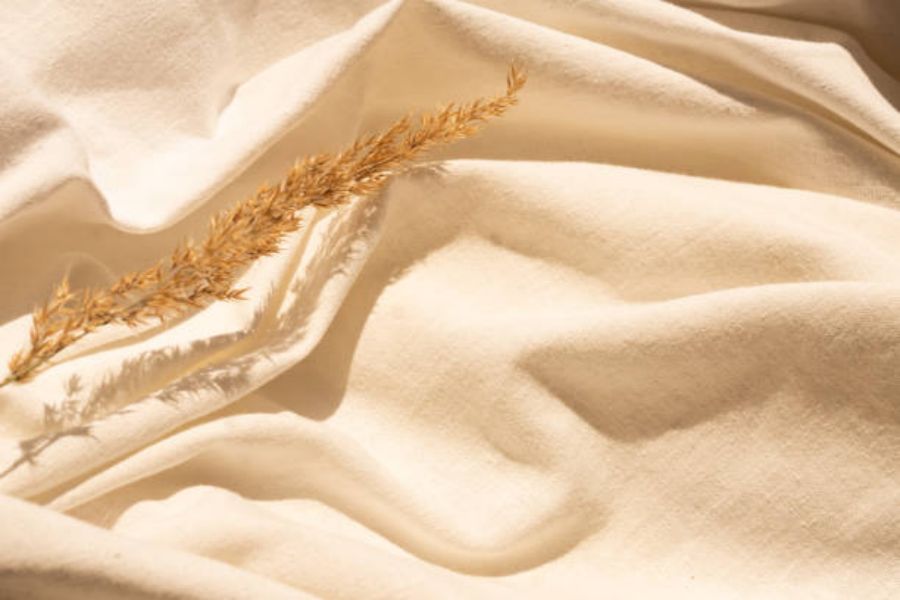Table of Contents

How to Use watered down acrylic paint on fabric: Tips and Tricks
Watered down acrylic paint can be a great tool for creating a unique look on fabric. It can create a beautiful watercolor effect, and the texture and finish of the paint can really enhance the fabric's design. Here is everything you need to know about using watered down acrylic paint on fabric.
What You Need to Get Started
The tools and materials you will need for this project are:
- Acrylic paint
- Water
- A fabric surface (such as a t-shirt, canvas, or cushion cover)
- A paintbrush
- A palette or mixing tray
- A container for water and washing brushes
- A protective barrier (such as plastic wrap or newspaper)
- An iron
Choosing the Right Acrylic Paint
Not all acrylic paints are created equal when it comes to painting on fabric. Look for a high-quality acrylic paint that is designed for use on fabric. Some popular options include Tulip Soft Fabric Paint, Jacquard Textile Color, and DecoArt SoSoft Fabric Paint. These paints are designed to withstand washing and will not crack or fade.
Preparing the Fabric Surface
Start by preparing your fabric surface. Make sure it is clean and dry before you begin painting. Iron out any wrinkles in the fabric, as these can interfere with the application of the paint. Place a protective barrier underneath the fabric to prevent any paint from bleeding through to the other side.
Mixing Acrylic Paint with Water
Start by mixing a small amount of water into the acrylic paint. You want to create a consistency that is thin and runny, but still has color. If the paint is too thick, it will not spread well on the fabric. If it is too watery, it may not show up well on the fabric. Aim for a consistency that is similar to that of watercolor paint.
Applying Watered Down Acrylic Paint to Fabric
Dip your paintbrush into the paint mixture and start applying it to the fabric. Work in small sections, and keep a container of water nearby to wash your brush between colors. You can create different effects by blending multiple colors together or using different brush strokes.
Drying and Setting the Paint
Once you have finished painting, let the fabric dry completely. Then, follow the manufacturer's instructions for setting the paint. This usually involves ironing the fabric on a high heat setting for several minutes to heat-set the paint into the fibers and make it permanent.
Tips for Success
Here are a few tips to keep in mind when working with watered down acrylic paint on fabric:
- Work in a well-ventilated area
- Remove any excess water from the brush before applying the paint
- Keep the fabric taut while you are painting to prevent any wrinkles
- Experiment with different color blends and techniques to create unique designs
- Clean your brushes thoroughly after each use, as acrylic paint can be difficult to remove once it has dried
Conclusion
Using watered down acrylic paint on fabric is a fun and easy way to create a unique and personalized design. By following these tips and tricks, you can create a beautiful watercolor effect on any fabric surface. Remember to choose high-quality acrylic paint, prepare your fabric surface, and follow the instructions for drying and setting the paint for best results.
